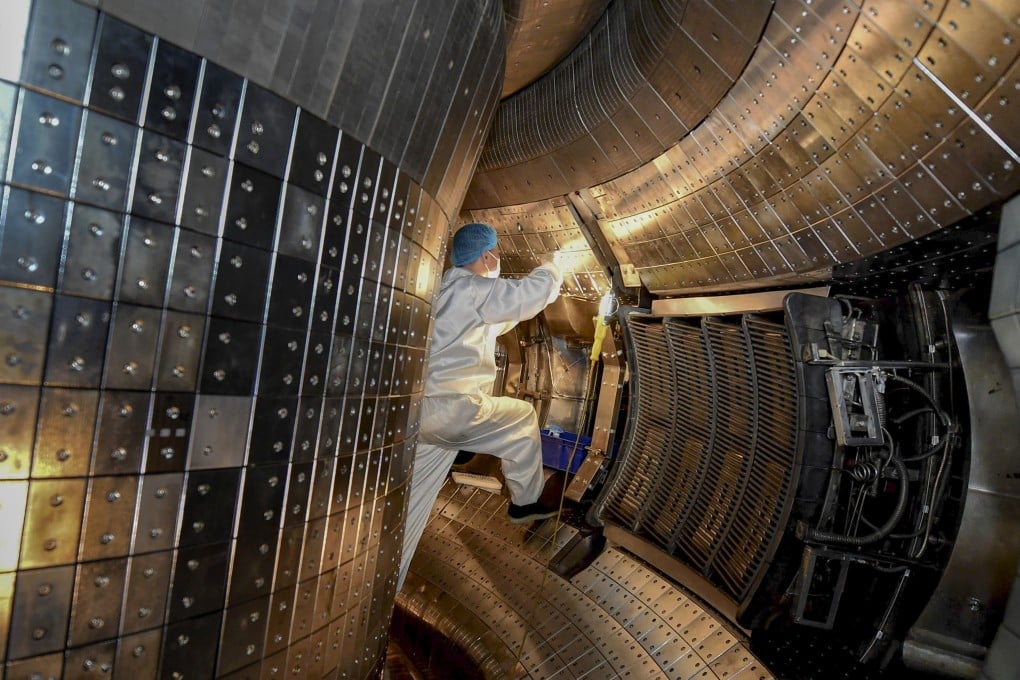China’s ‘artificial sun’ hits new high in clean energy boost
- Research facility in Anhui ran at 70 million degrees Celsius for more than 17 minutes, state media reports
- The achievement ‘lays a solid scientific and experimental foundation towards the running of a fusion reactor’, scientist in charge says

The Experimental Advanced Superconducting Tokamak (EAST), a nuclear fusion reactor research facility, ran at 70 million degrees Celsius for as long as 1,056 seconds (17 minutes, 36 seconds), Xinhua reported.
For another 20 seconds during the experiment in May, the facility achieved a peak temperature of 160 million degrees Celsius, which is more than 10 times hotter than the Sun, Xinhua reported.
“These are the goals for different stages … The recent operation lays a solid scientific and experimental foundation towards the running of a fusion reactor,” Gong Xianzu, a researcher at the Institute of Plasma Physics of the Chinese Academy of Sciences, was quoted as saying by Xinhua on Friday.
Gong was in charge of the experiment at EAST, which is located at the academy’s Hefei Institute of Physical Science in the eastern province of Anhui.
